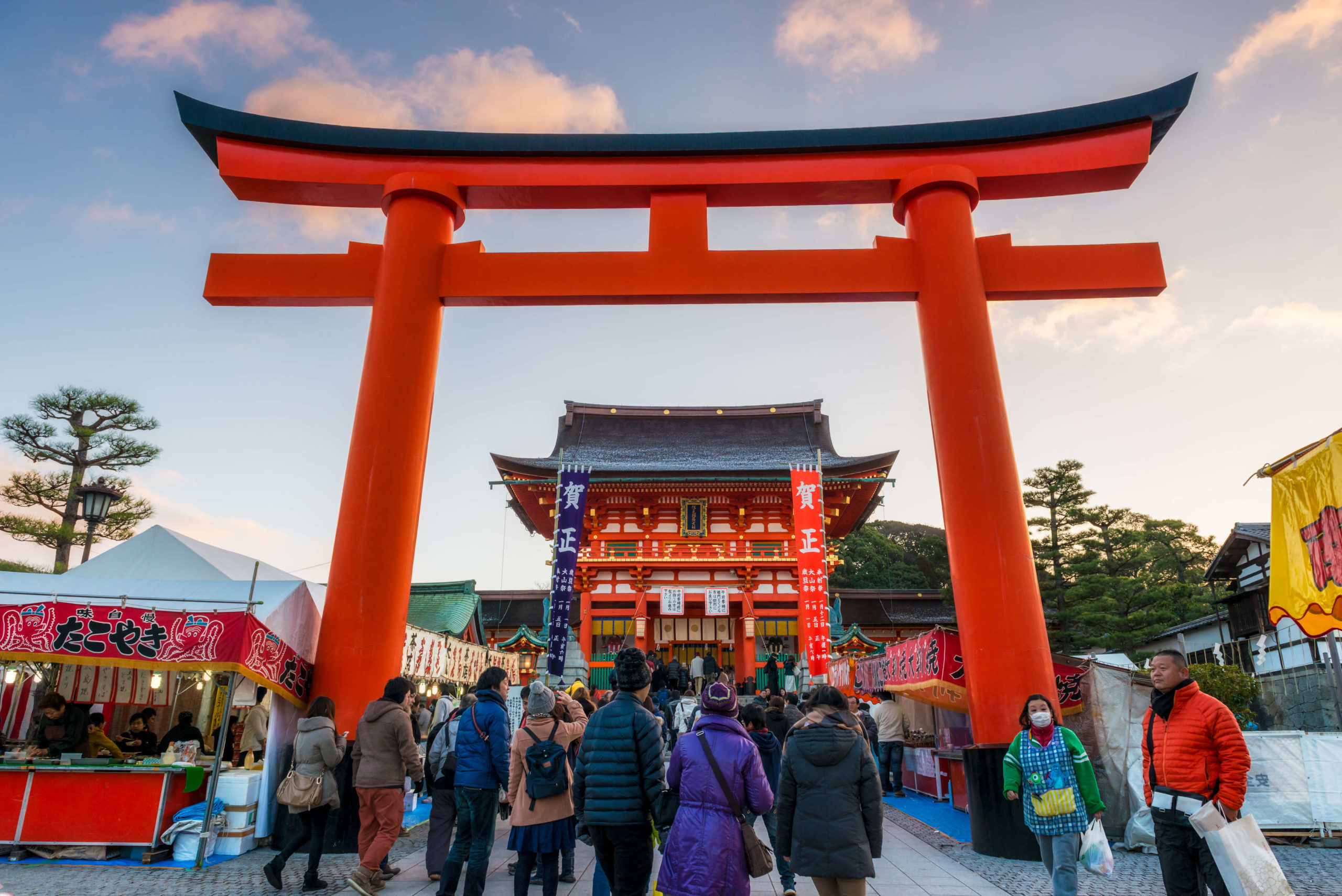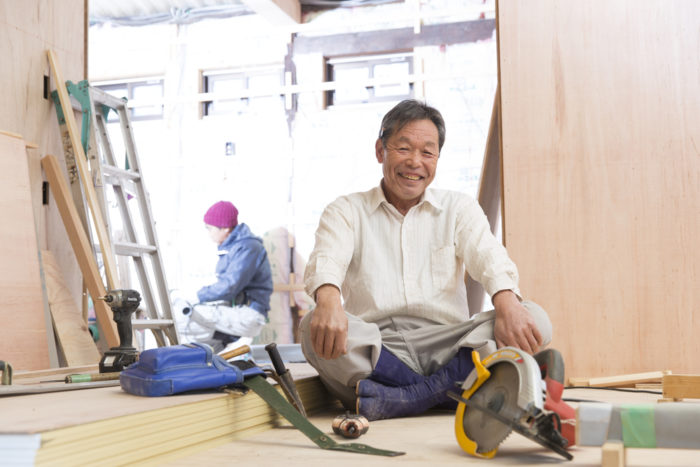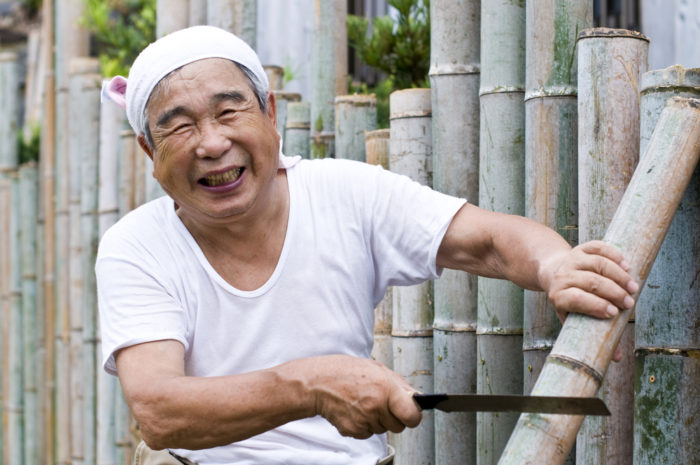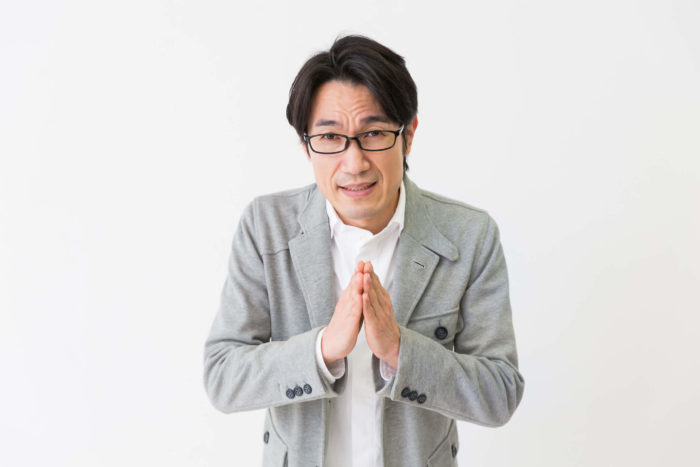
One of the many cultural surprises I had while working at the Tokyo headquarters of a Japanese bank occurred at the start of the first January I was there. Refreshed after the long holiday break, I was raring to get back to work.
My colleagues had other priorities. Just as I had comfortably ensconced myself at my desk ready to attack the pile of mail that had built up, I was told to report to the entry hall in my coat. The first day back at the office was to be spent by everyone visiting a shrine together to pray for a good year. Then the next week or so it was impossible to get anything done, as all the managers were busy receiving visitors making the rounds for start-of-year aisatsu (greetings).
A colleague kindly clued me in that I too was expected to do the same, and I made a formal visit to each department that I had dealings with in order to ask for their cooperation again this year. I memorized a statement that my colleague helped me to prepare: “Kyonen, iro iro arigato gozaimasu. Kotoshi mo yoroshiku onegai itashimasu.” (Thank you very much for your assistance last year. Please extend the same courtesy to me this year.) There were also several new year’s parties – some of them held by departments that had convened year end parties just a month prior!
At the time I was aghast at the sheer number of hours that went into these rituals. Why can’t we get some work done, I thought, in rather typical American fashion. Now with more years of experience under my belt, I see the value of these new year rituals when doing business with the Japanese.
The group visit by my department to the shrine was an excellent occasion for bonding – and a rare one that did not involve the consumption of alcohol. Several of my female colleagues had donned their best kimono for the occasion, and the mood was festive. Nobody had gotten into the swing of work yet, so why not take just a little more time and enjoy the lazy new year’s mode together with colleagues as a way to get to know each other better. And of course the new year’s parties were the usual occasion for building esprit de corps.
Now that I am in a position where my company markets to Japanese clients, I see that new year’s aisatsu is an excellent marketing tool. Just the process of deciding who should be visited forces one to get organized and think overall about who one’s best customers are. And although business matters are seldom discussed in detail during an aisatsu, it’s a good way of reaffirming the overall relationship. And in cases where a customer recently has not been an active one, the aisatsu is a good excuse to renew contact and perhaps even find out why they haven’t been ordering lately.
The new year’s traditions of Japanese business are ritualized ways for reaffirming and strengthening relationships. When I worked at the Japanese bank, I was eager to get them over with and get back to my “real work.” However now I realize that participating in these traditional activities is actually an essential part of work that should not be ignored.
Related articles
(Video) So, What is Monozukuri Actually?
Monozukuri is one of those well-known and often used Japanese words among people from outside of Jap
(Video) So, What is Ikigai Actually?
Ikigai - The Japanese word for the goal that gets you going - is often misunderstood by non-Japanese
(Video) So, What is Hansei Actually?
Hansei: the Japanese method of apologizing to your boss. Learn how to Hansei, and why Americans are





